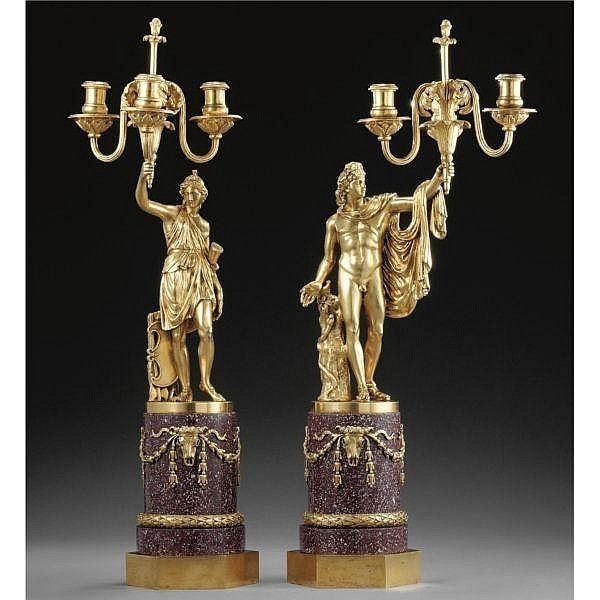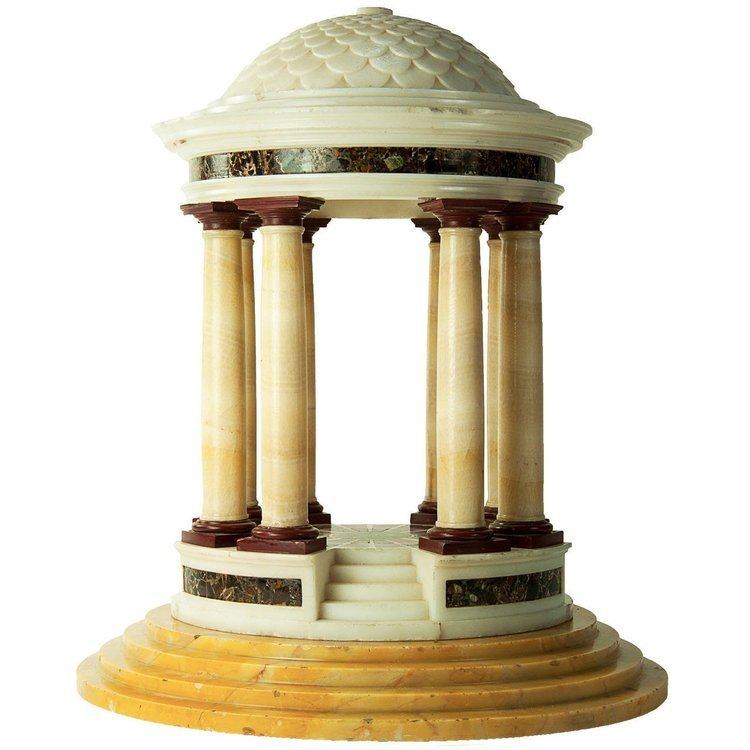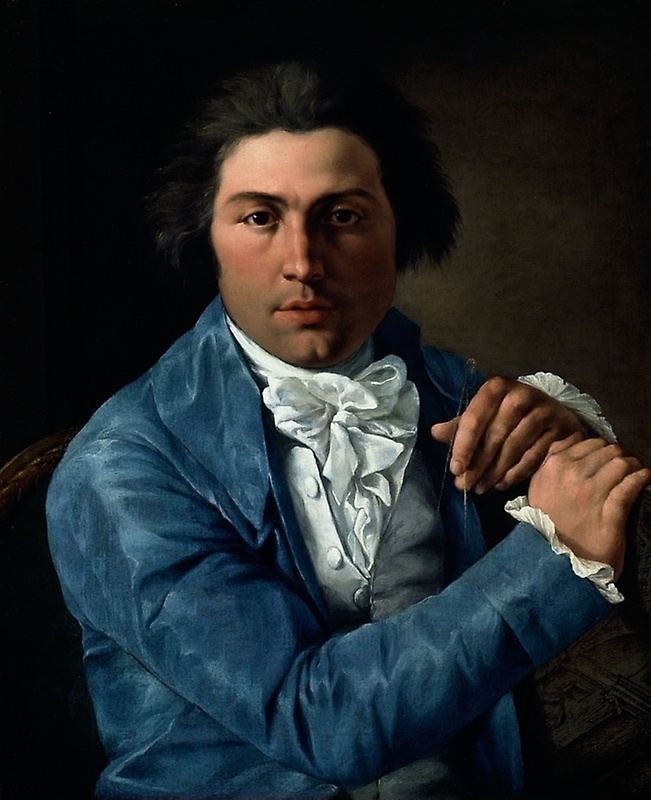Name Giuseppe Valadier | Role Architect | |
 | ||
Structures Villa Torlonia, Palazzo Braschi | ||
Valadier presentazione scuola_ #URGNDP
Giuseppe Valadier (April 14, 1762– February 1, 1839) was an Italian architect and designer, urban planner and archeologist, a chief exponent of Neoclassicism in Italy.
Contents

Biography

The son of a goldsmith, Luigi (1726–1785), Valadier was born in Rome in 1762. He also occasionally provided designs for silver, such as the "York Chalice" for Henry Cardinal York (1800–01) [1], the grand silver table service for Monsignor Antonio Odescalchi (1795–97) and the similar Rospigliosi-Pallavicini service, begun in 1803 [2] which he partly produced in the silver workshop he directly oversaw and partly sub-contracted to other Roman silversmiths. Valadier also designed some furniture and other decorative arts, such as the rock crystal and silver reliquary for relics of the Holy Crib in Santa Maria Maggiore, for Pope Pius IX. Valadier worked in Rome and elsewhere in the Papal States, but many of his projects remained on paper. He was named official architetto camerale of the Papal States by Pope Pius VI in 1786. He taught architecture at the Accademia di San Luca was a pioneer archeologist and a restorer of monuments, such as the Milvian Bridge (1805) and the Arch of Titus in Rome, (1819–21). He retraced the ancient line of the Via Flaminia (1805) and restored Giacomo Barozzi da Vignola's neglected Church of Sant'Andrea in Via Flaminia, which influenced his own Church of Santa Maria della Salute in Fiumicino, the newly-establish port for Rome.
Major works

He published collections of his designs and drawings:
